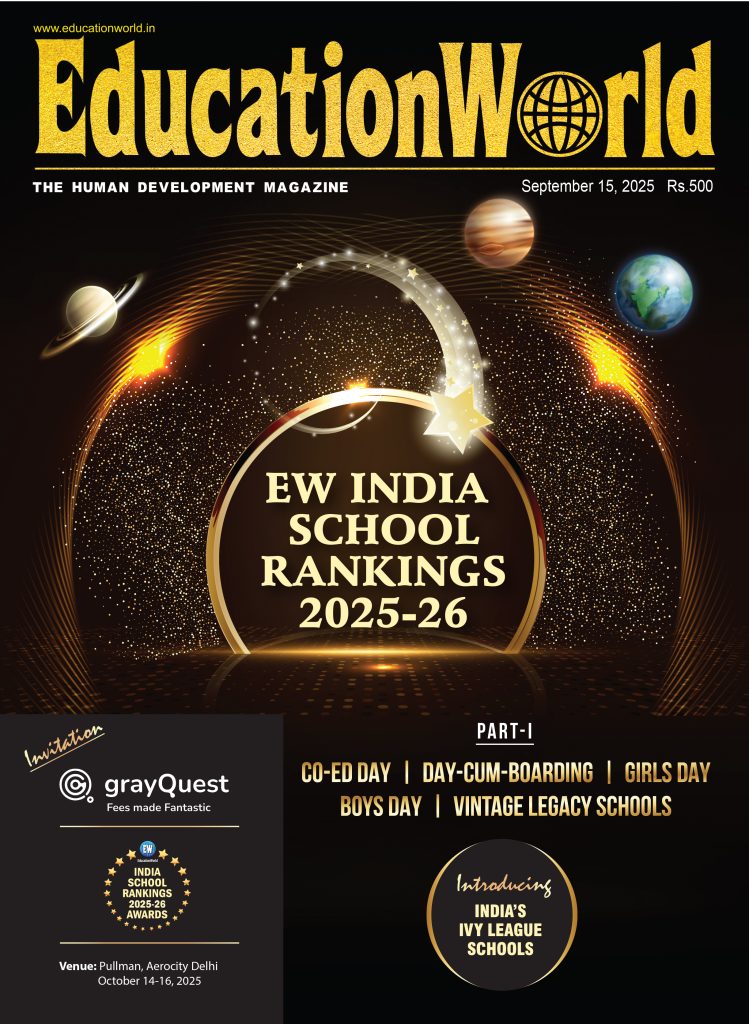5% Country Limit: Not a Barrier for Indian Undergraduates
– Ray Ravaglia and Sheila Bauer
Recent headlines about a new U.S. proposal to cap international undergraduates at 15% per campus, with no more than 5% from any one country, have caused concern among Indian parents. But at the undergraduate level, demand from countries like India is well below what “good” U.S. colleges can accommodate. Even in a worst-case scenario, applicants will still find plenty of options, provided that they apply strategically.
What Has Been Proposed (And Is Not Yet The Case): In early October 2025, the White House circulated a memo to nine universities, offering them preferential access to federal funds if they signed a “compact” with several conditions—including capping international undergraduate enrollment at 15% and no more than 5% from any single country. This is not a universal rule but a proposal tied to funding incentives at specific institutions. Recent articles have tended to overlook the fact that, so far, the memo is targeted and contingent.
International Undergrad Numbers Remain Small Nationally, Even At “Good Colleges”: Despite concerns about international student enrollment, across the U.S., international undergraduates number approximately 343,000—down 1.4% from the previous year—out of an undergraduate population of about 15.3 million. That makes up roughly 2.2% of all undergrads, well below any 15% threshold at most campuses.
Even if one narrows the focus to top-ranked universities, the number of undergraduate places exceeds 6 million. For instance, the EW-Launchpad Rankings (which highlight universities especially suitable for international students) list 780 U.S. institutions with a total undergraduate enrollment of 6.13 million. A 5% per-campus cap, when combined across these schools, suggests a theoretical capacity of 306,500 Indian undergraduates.
As of the 2025–26 academic year, there are approximately 36,000 Indian undergraduates in the entire United States. This number is roughly 10% of the cap, leaving ten times the headroom. Even if Indian undergraduate numbers were to grow by 25% annually over the next five years, they would only reach 110,000—still well below the capacity implied by a 5% cap across the Launchpad cohort.
Most U.S. Colleges Need More Undergraduates, Not Fewer: U.S. colleges need more undergraduates because the impending “enrollment cliff” is real. Demographers and higher-ed analysts predict a multi-year decline in traditional-age students, which will increase competition for undergrads. Private nonprofit colleges are showing open capacity with record tuition discounts, averaging over 56% for first-time undergraduates in 2024–25. Despite recent recovery, the National Student Clearinghouse data still show undergraduate numbers below pre-pandemic levels. The reality is clear: the sector needs more undergraduates, not fewer.
What International Families Should Do Now: While the proposed caps might not immediately affect most colleges, some of the “elite” private colleges and large state schools would be impacted. Columbia University, Carnegie Mellon University, and the University of Southern California, along with the University of Michigan, University of Wisconsin, and University of Illinois, Urbana-Champaign, all surpass the proposed limit. The high concentration of international students at these institutions is more related to brand recognition and recruitment efforts than to student success. Families should keep this in mind.
International families can improve their chances of a positive application outcome by following a few simple steps:
- Expand your target list beyond a few highly selective schools.
- Prioritize opportunities and outcomes like co-ops, internships, retention, graduation rates, and early-career earnings over just brand name.
- Diversify by geography and institution type, including public flagships, regional publics with strong industry connections, and selective private schools with strong student support.
- Apply early and broadly to account for any campus caps that may arise.
Keep Your Eyes On The Prize: In the college debate, remember the long game: the goal isn’t a particular campus logo but the career and life you’re building. The United States remains a ~$27 trillion economy versus roughly ~$3 trillion in India, which means deeper capital markets, larger innovation ecosystems, and more ladders into high-skill work.
For ambitious students, the greatest upside comes from positioning yourself to operate in both arenas—being able to move seamlessly between the world’s richest democracy and the world’s most populous democracy. That bi-directional fluency—U.S. education and experience coupled with Indian networks and opportunity—will compound over the coming decades. Choose programs that maximize skills, internships, and outcomes. University brands will fade; the capabilities and cross-market mobility won’t.
Also Read: The importance of teaching and learning English from an early age
















Add comment